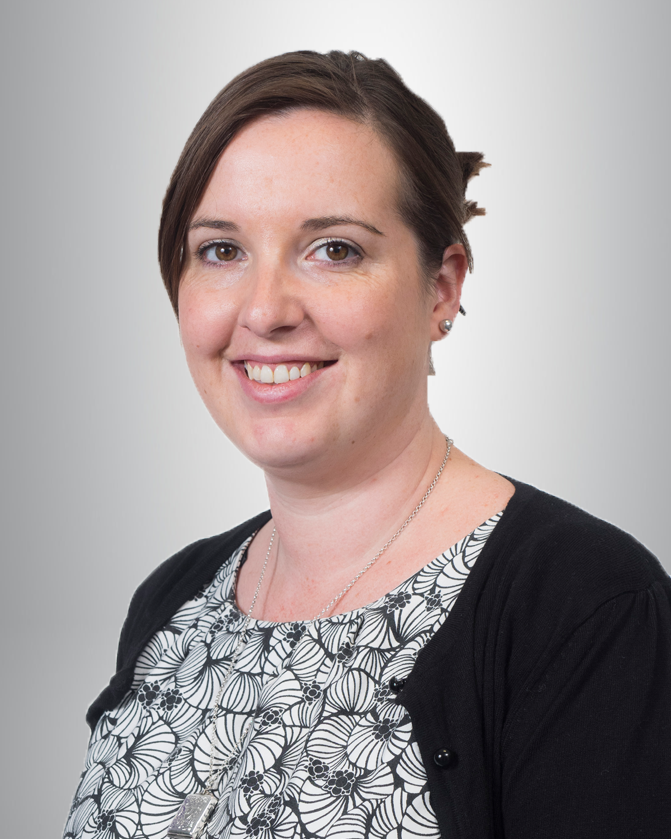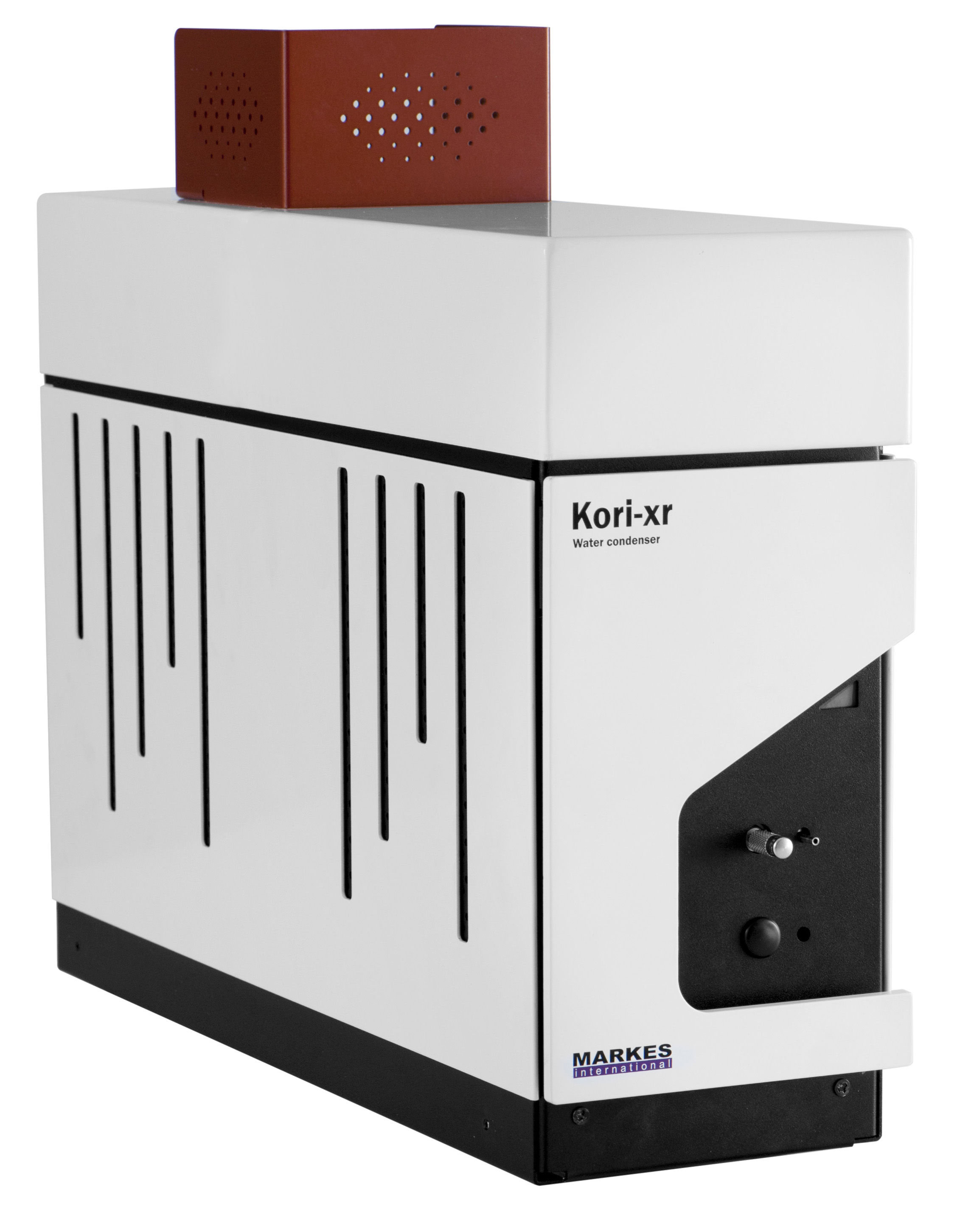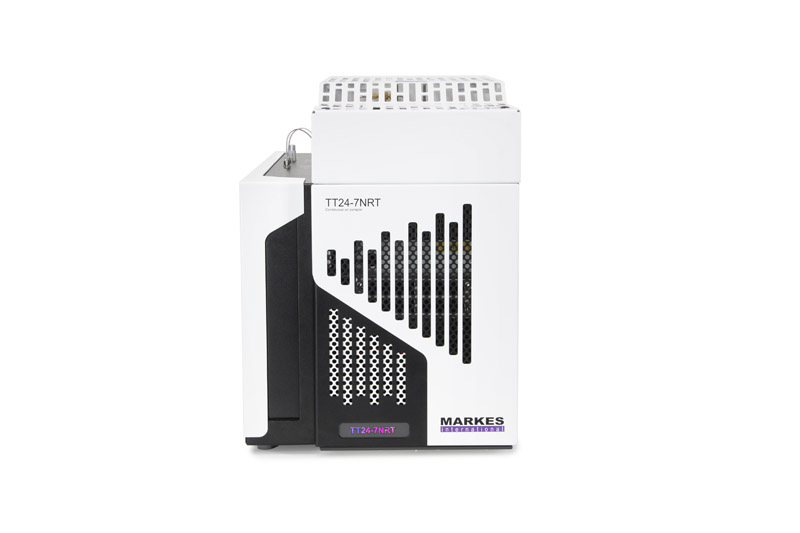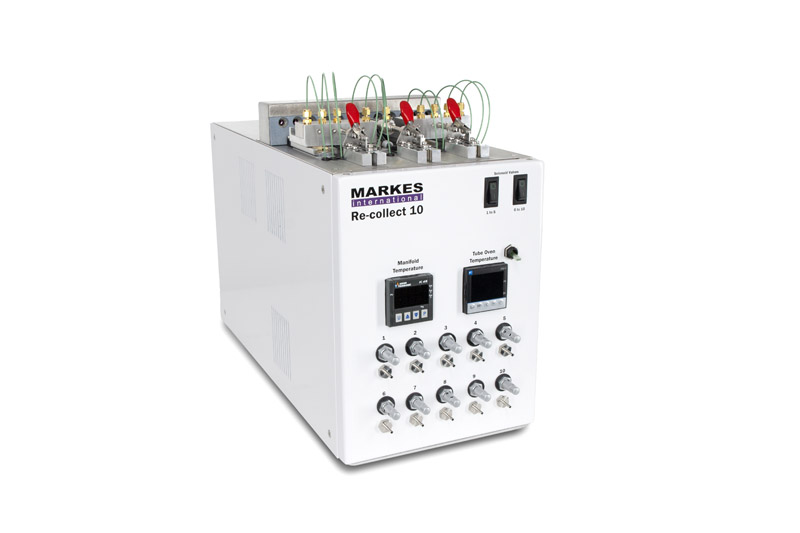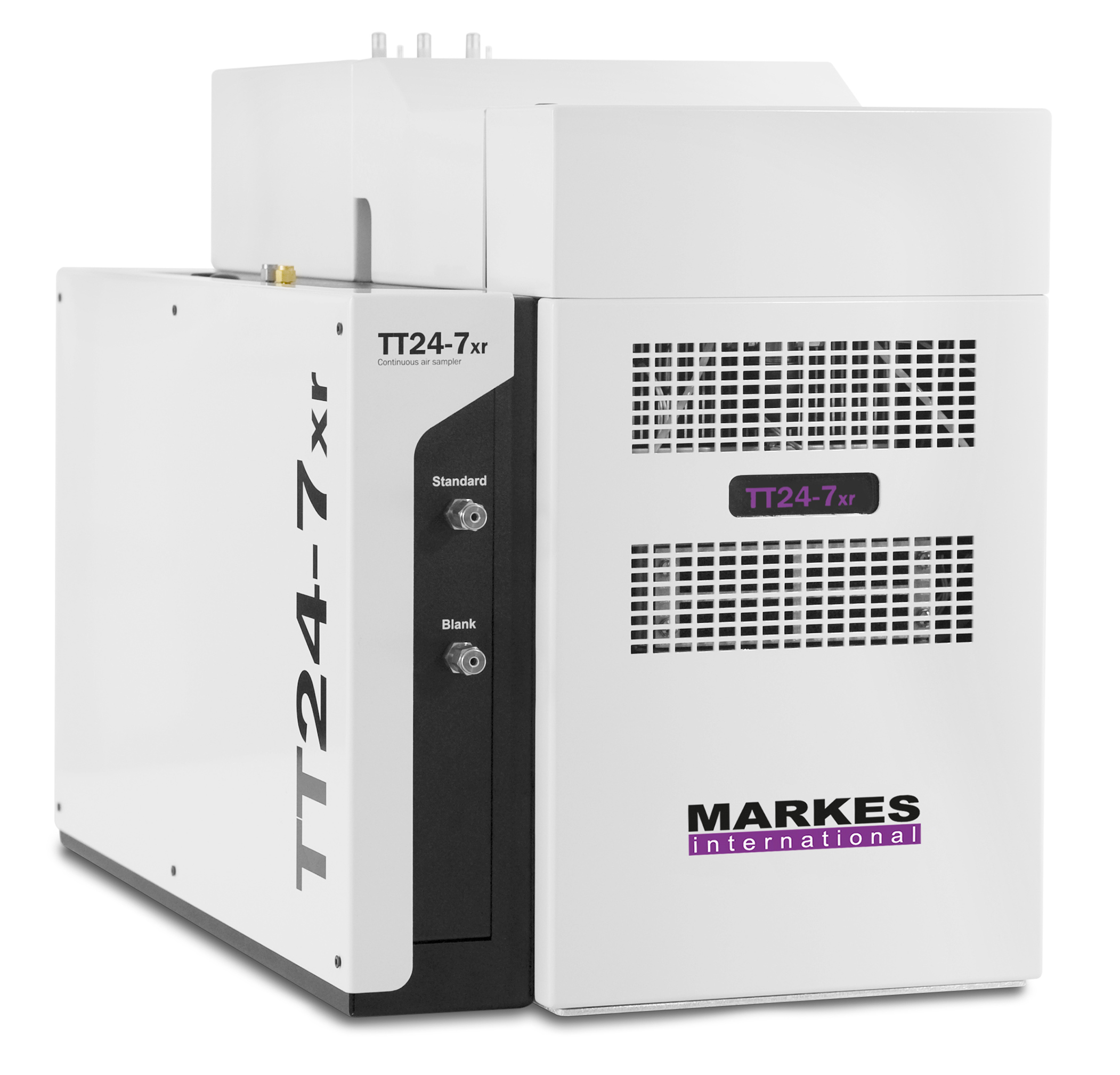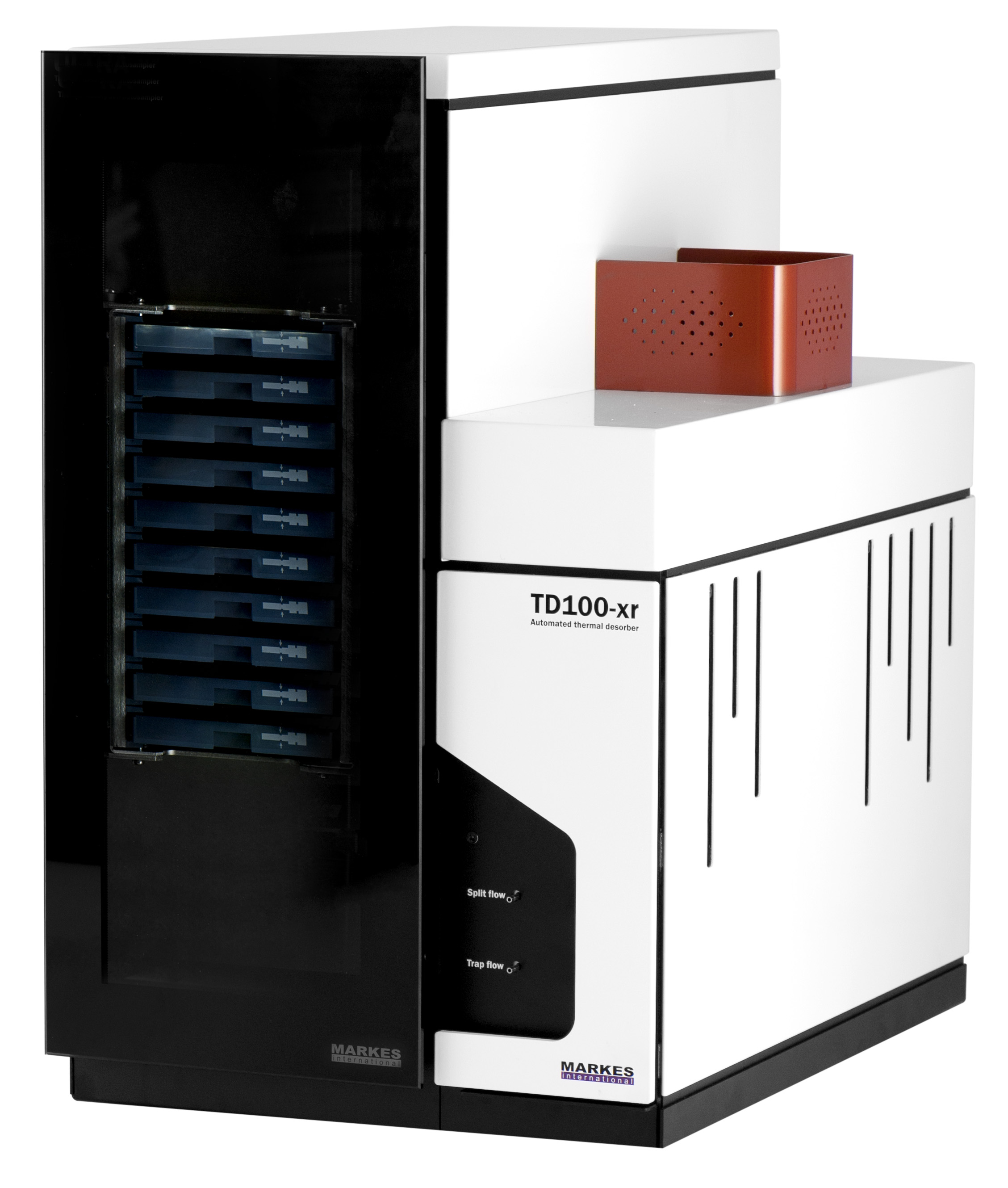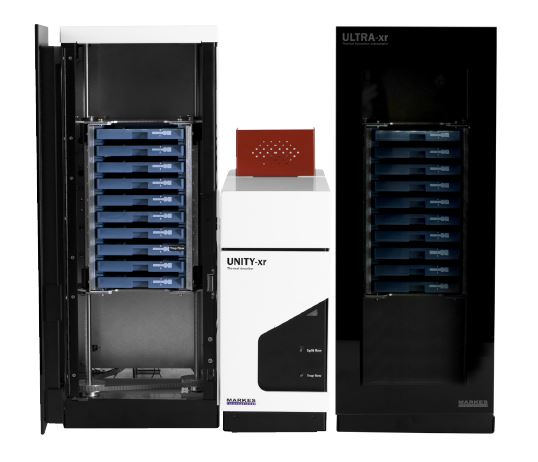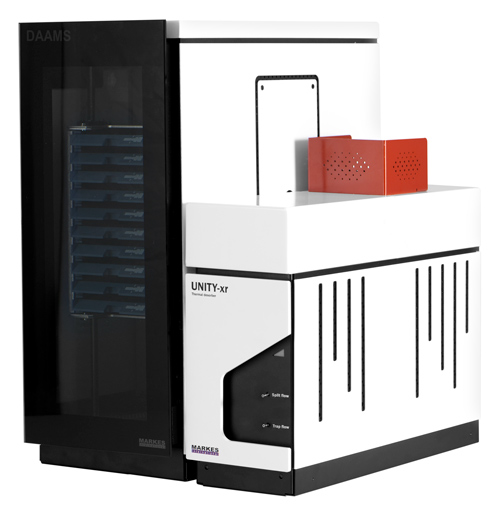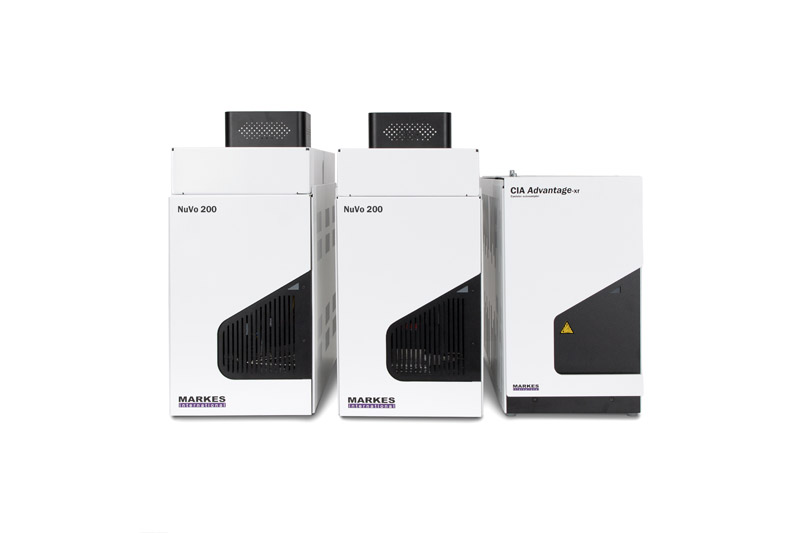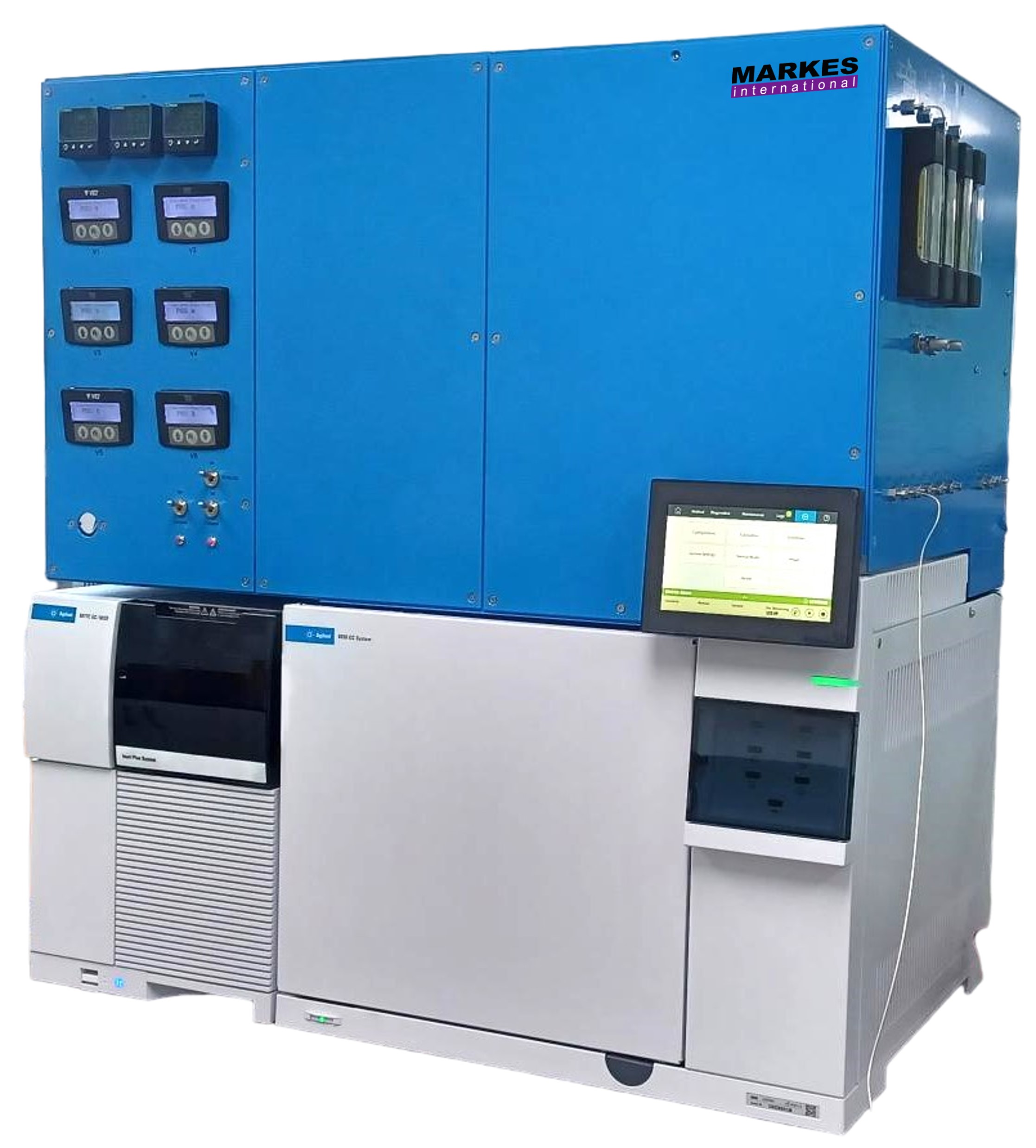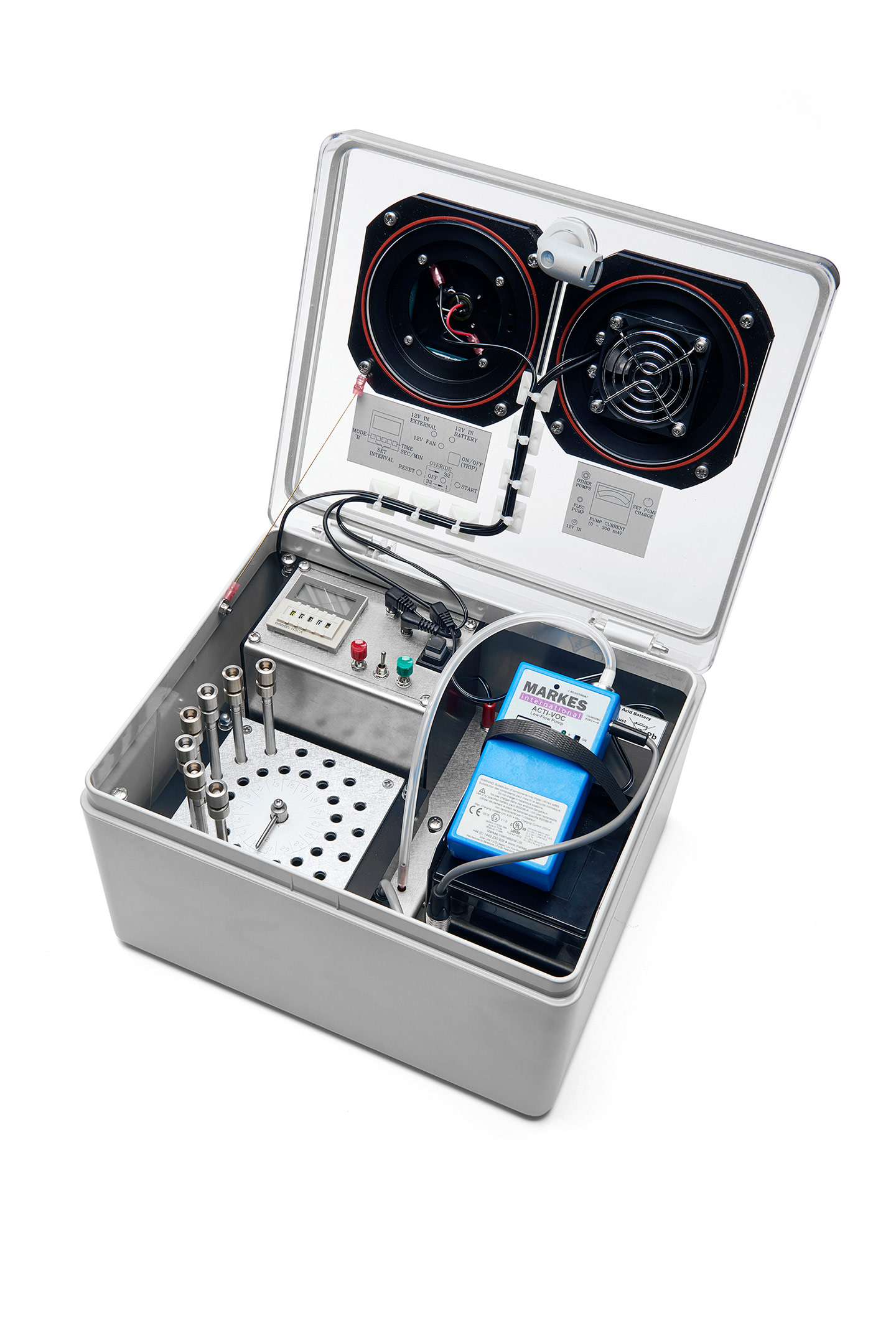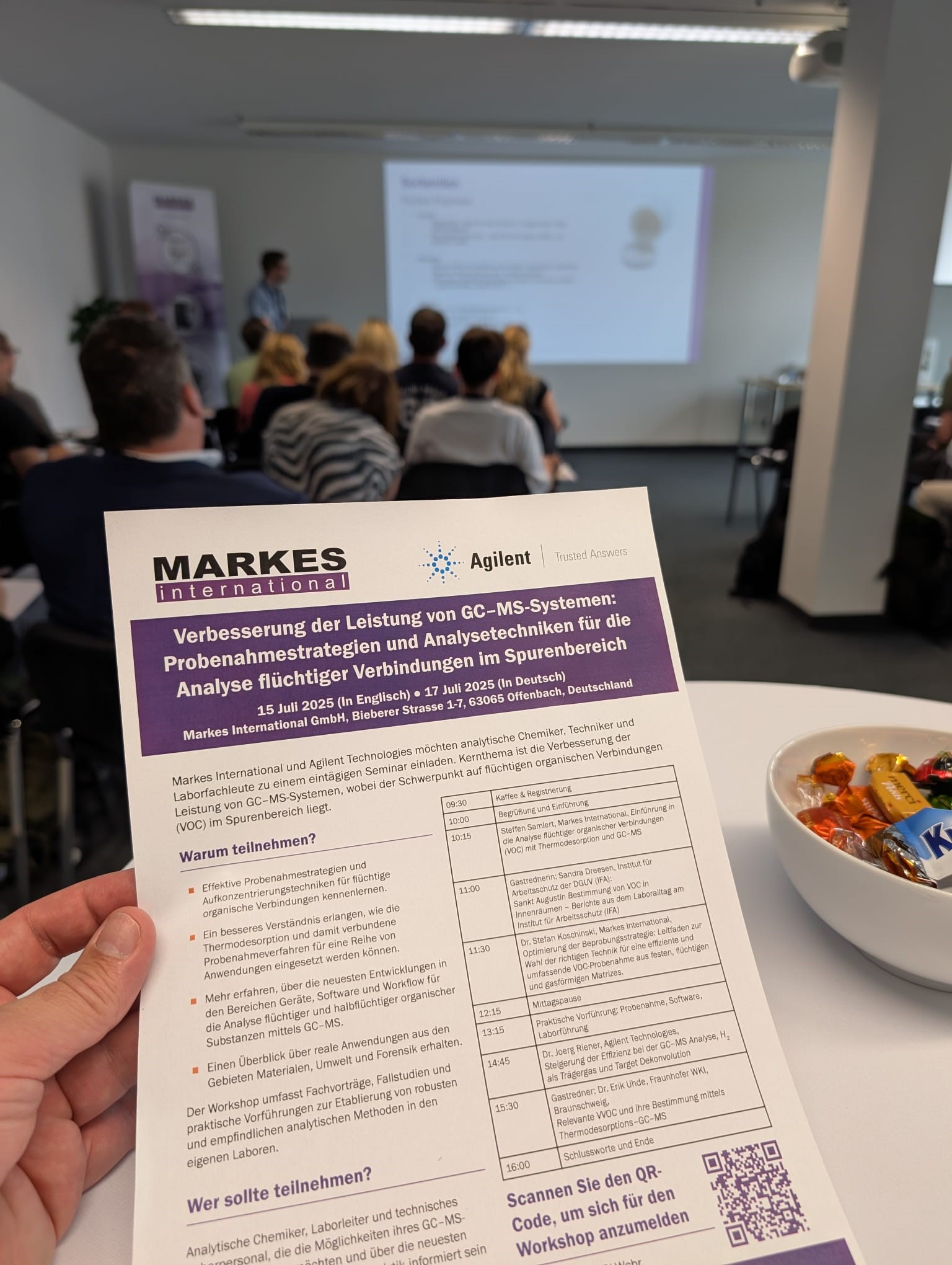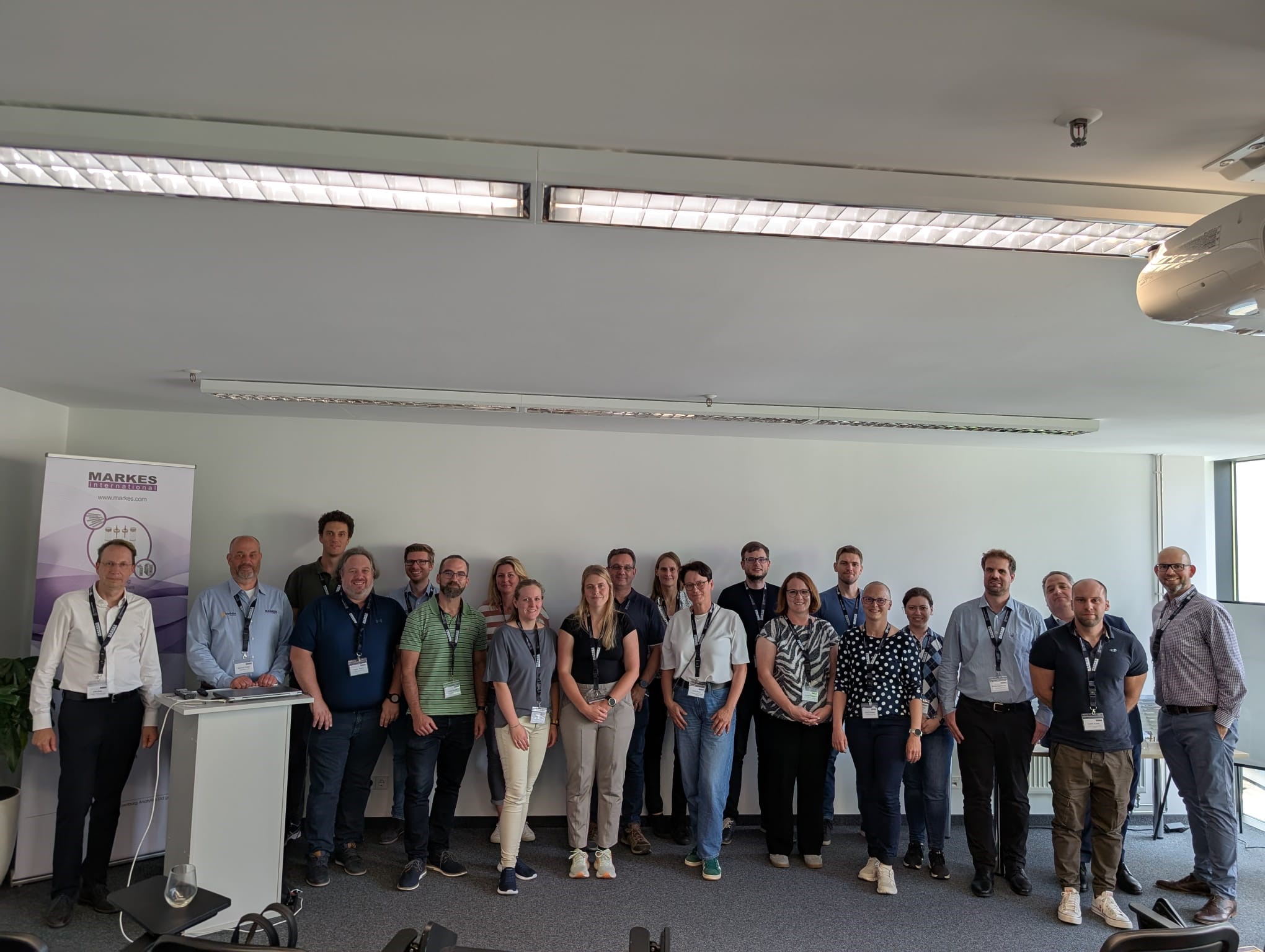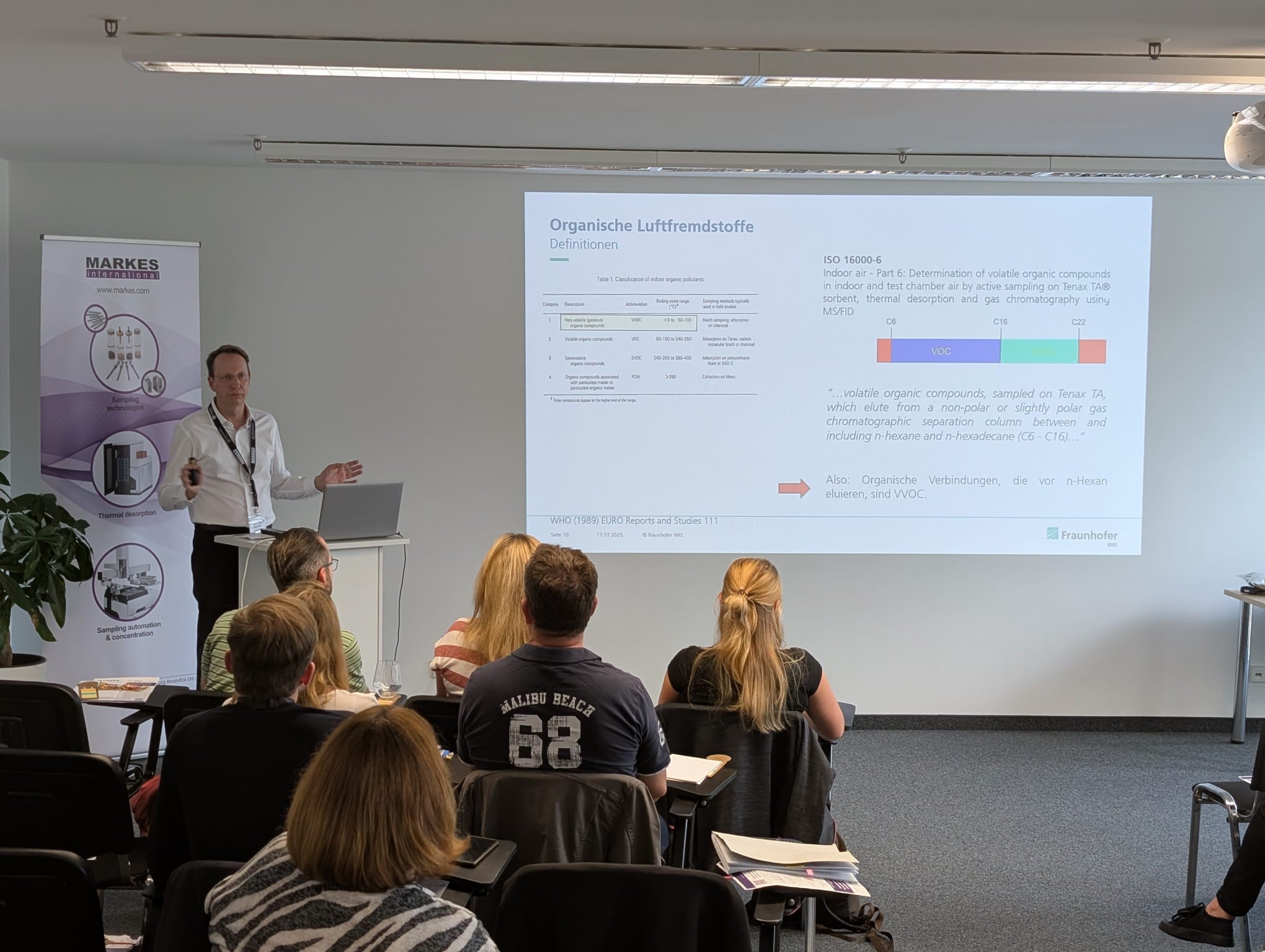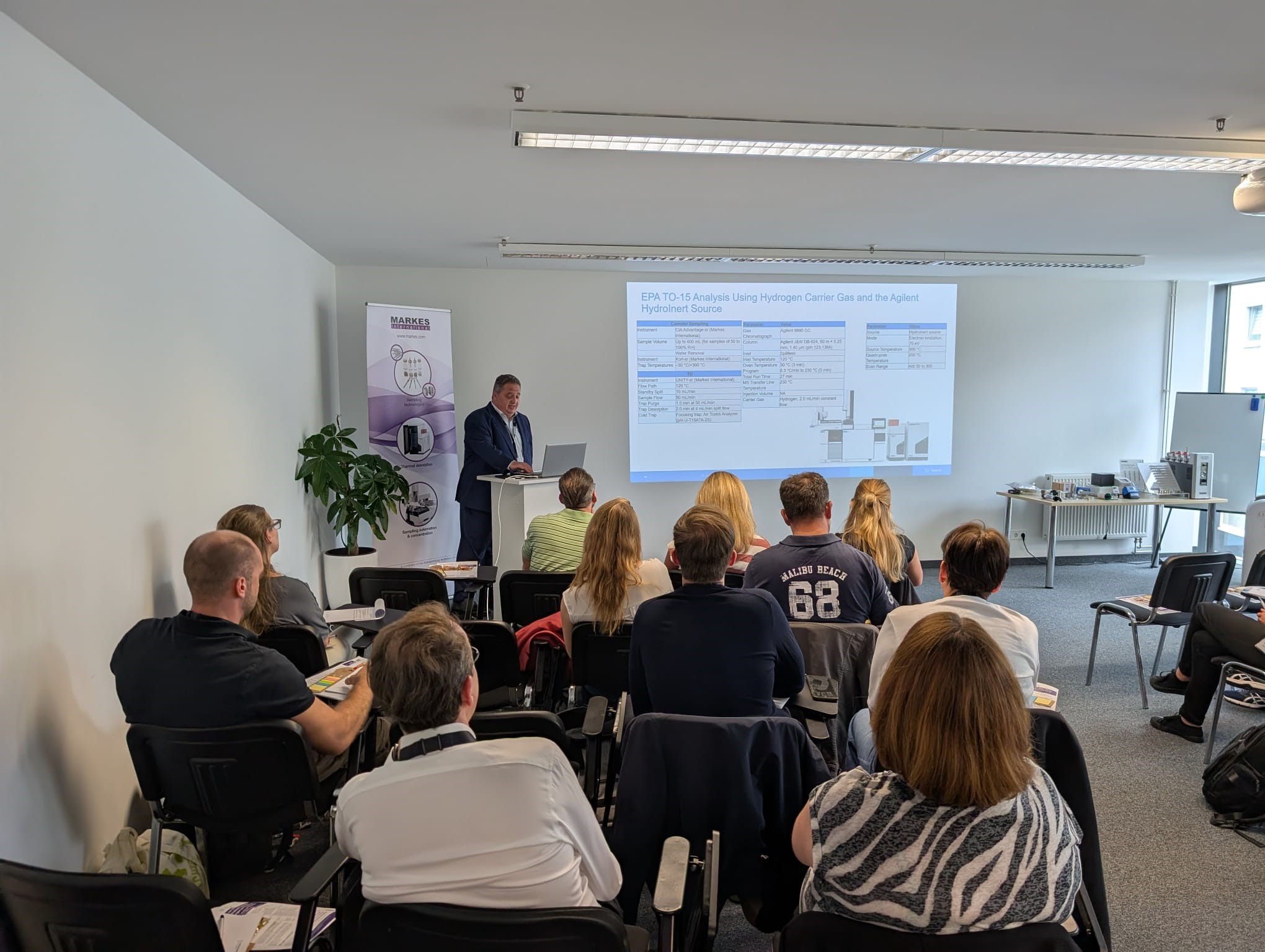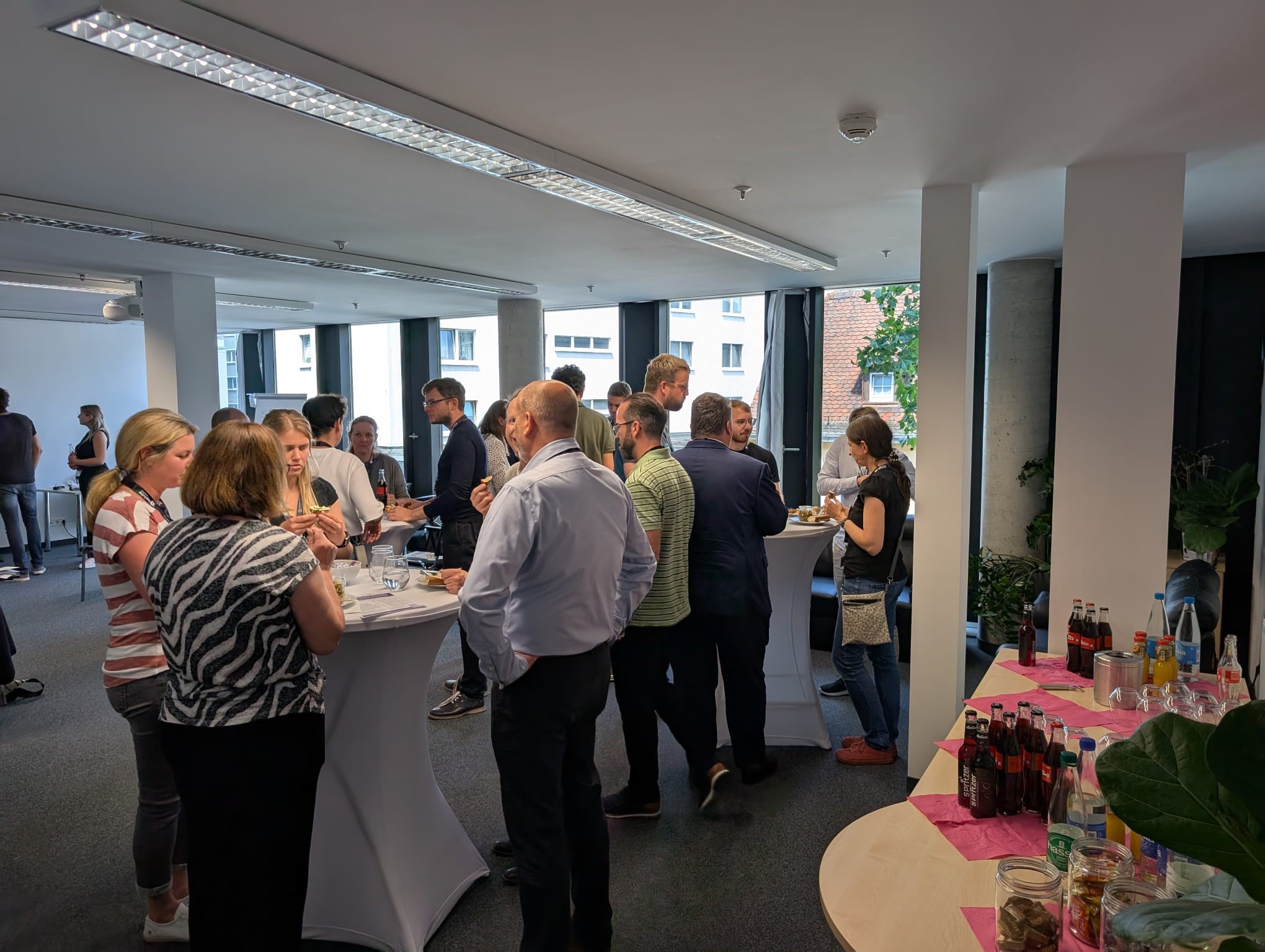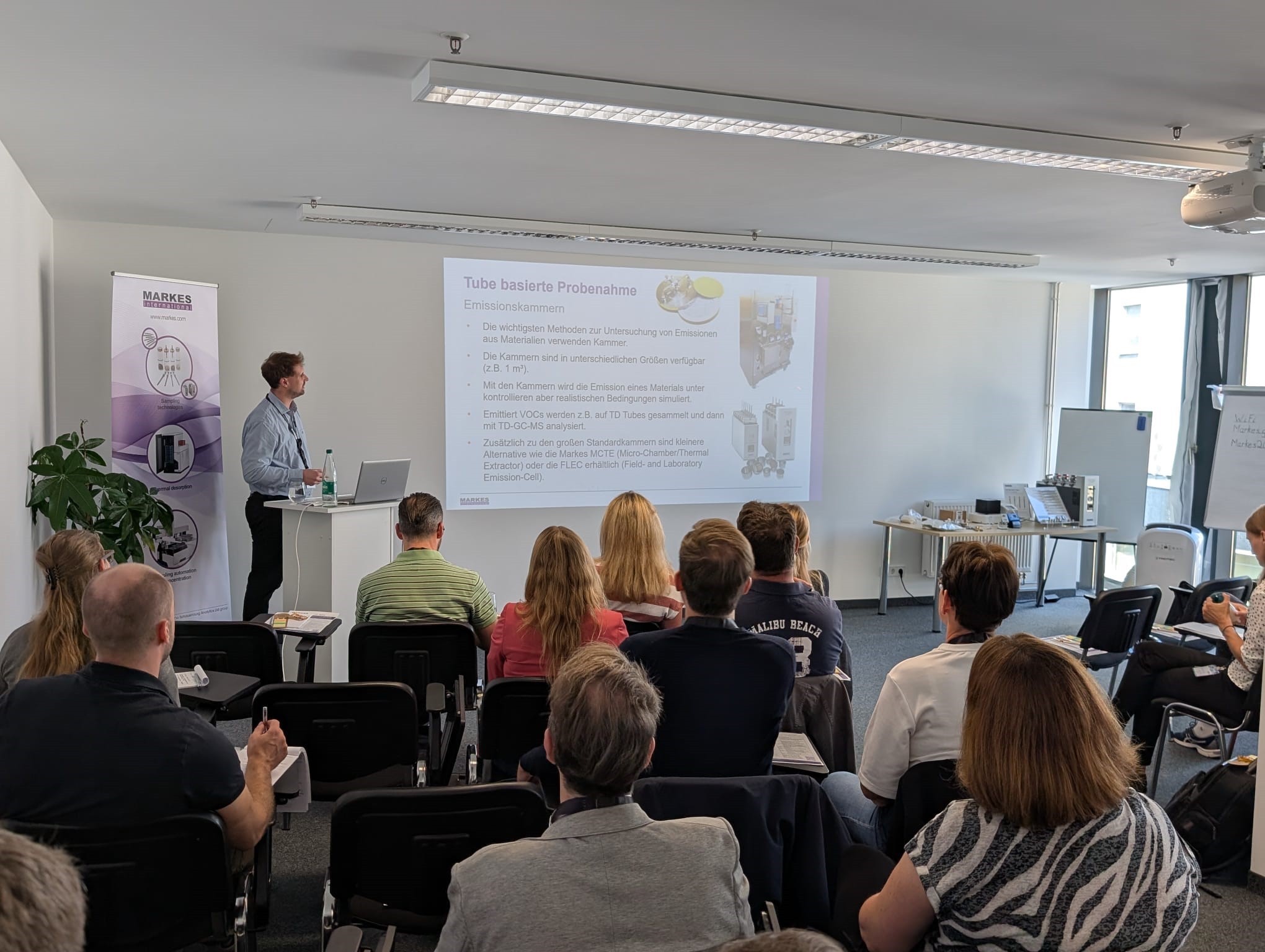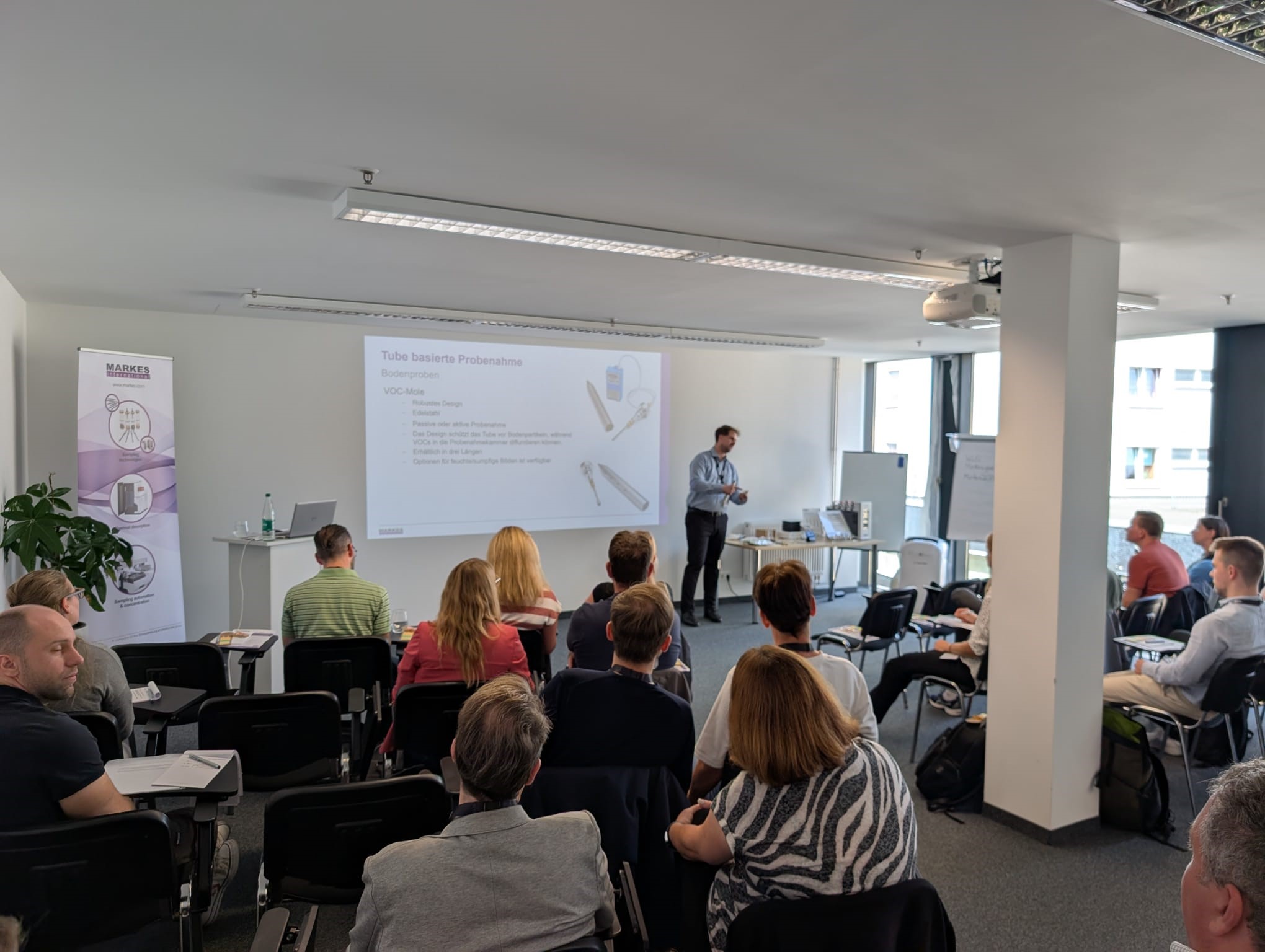
TD–GC–MS in practice – key takeaways on sampling and analysis
1 October 2025
 Improving GC–MS capability: sampling strategies and analytical techniques for trace volatile analysis
Improving GC–MS capability: sampling strategies and analytical techniques for trace volatile analysis
In July 2025, at the “Improving GC–MS capability: sampling strategies and analytical techniques for trace volatile analysis” workshop co-hosted by Markes International and Agilent Technologies at the Markes GmbH office in Offenbach, Germany, experts shared practical guidance on TD–GC–MS, including smarter VOC and VVOC sampling, sorbent selection, hydrogen as carrier gas, and deconvolution for clearer data.
Below are the key takeaways from the expert presentations.
Understanding the fundamentals: advantages of thermal desorption GC–MS
Steffen Samlert (Markes International) opened with a refresher on VOC analysis using TD-GC–MS. He outlined the limitations of older methods such as solvent extraction, and explained how TD overcomes them by using re-usable sorbent tubes in a fully automated process that delivers full sample transfer, even for higher-boiling compounds.
He also provided an overview of TD instrumentation, including how different sorbents work, how samples are trapped and released, and the two-stage desorption process that boosts sensitivity.
Download Steffen Samlert’s slide deck
Optimising sampling strategy for efficient VOC analysis
Dr Stefan Koschinski (Markes International) led a comprehensive session on choosing the right approach for efficient, exhaustive VOC sampling across solid, liquid and gaseous matrices. He emphasised that the selection of a sampling device depends on the source, the analytical question, whether targets are known or unknown, the expected concentration range, and the required timescale.
The session covered a broad range of techniques – from sorbent tubes and dynamic headspace, to canisters, passive samplers and direct desorption. A practical table summarised sorbent options and their volatility ranges, from quartz wool/silica beads for C30–C44 to Carbosieve SIII for C2–C5.
Download Stefan Koschinski’s slide deck
Determination of VOCs in indoor air – what real-world sampling looks like
Sandra Dreesen (Institute for Occupational Safety and Health, IFA) shared experience from monitoring VOCs in indoor environments. She outlined typical sources – paints, furniture, cleaning products, and activities such as smoking and cooking – and the compound classes they emit.
Her talk covered alkanes, aromatics, terpenes, olefins, naphthenes, alcohols, aldehydes and ketones, with examples and applications or sources. She described IFA’s instrumental setup, including pumps, tubes, Markes' TD100-xr and the Agilent 8890. A key procedural takeaway was IFA’s sampling protocol: open all windows before starting, take VOC samples first, then aldehydes. She also outlined their validation process and invited follow-up for more detail.
Request a copy of Sandra Dreesen’s slide deck
Increasing efficiency and productivity in GC–MS: hydrogen as carrier gas and target deconvolution
With helium prices rising and supply becoming less stable, Dr Jörg Riener (Agilent Technologies) discussed strategies to reduce helium use or avoid it altogether.
Agilent’s helium conservation module switches to nitrogen when not running samples, significantly extending cylinder life. For laboratories considering a complete switch, he outlined the use of hydrogen as a carrier gas – covering H₂ supply choices, potential GC/MSD hardware changes and updated chromatographic conditions. Agilent’s HydroInert Source enables hydrogen operation without compromising sensitivity or data quality. He also showed benefits of hydrogen for EPA Method TO-15, highlighted a supporting application note, and demonstrated MassHunter’s deconvolution tool for cleaner peak identification.
Request a copy of Jörg Riener’s slide deck
- Read FAQs: How to switch from helium to hydrogen carrier gas for thermal desorption – safely and confidently
- Read Markes' application note: Advances in ultra-trace air toxics analysis: Cryogen-free canister pre-concentration and GC–MS for US EPA Method TO-15A
Relevant very volatile organic compounds (VVOCs) in indoor air and their determination by TD–GC–MS
Dr Erik Uhde (Fraunhofer WKI) addressed the challenges of detecting VVOCs in indoor air. For these lighter compounds, standard VOC tubes such as Tenax are replaced with multi-bed sorbent tubes to ensure reliable capture.
As with VOCs, many household items – electronics, flooring, paints – emit VVOCs, and emission rates rise with temperature. A notable practical example concerned acrolein: rather than HPLC with derivatisation (which raises stability issues), acrolein is better measured by thermal desorption using Markes’ Carbograph 5 TD tubes with a TD–GC–MS. This aligns with developments in international standardisation, with a new annex in preparation for ISO 16000-3 describing TD–GC–MS sampling and analysis for acrolein.
Contact Dr Erik Uhde for more information
Putting the theory into practice: hands-on lab session
The workshop concluded with hands-on sessions to reinforce learning. Attendees reviewed the equipment, watched demonstrations of trap changes and tube loading, and used Markes Instrument Control (MIC) software. During his presentation, Jörg also gave an overview of Agilent’s MassHunter software.
The Offenbach workshop proved highly informative and engaging, equipping attendees with both the theory and practical skills to enhance trace volatile analysis with TD-GC–MS.
Markes and Agilent continue to run workshops worldwide – please get in touch to find out when one is planned in your region.

